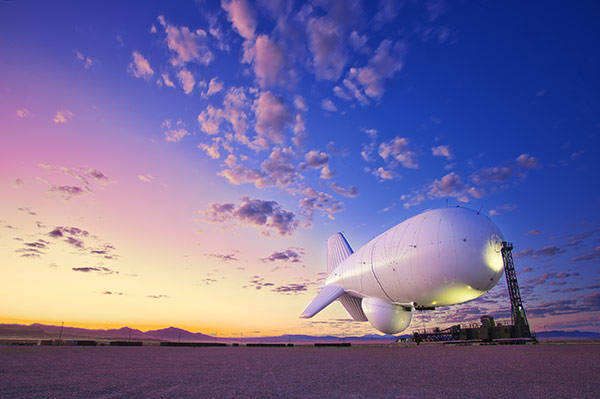It’s getting easier to make, or purchase, cruise missiles, and that’s got U.S. intelligence agencies fearing the possibility of ship-based attacks on America’s coastal cities.
To combat that threat, the United States has started testing its missile defence system, a key component of which involves aerial sensors deployed on airships hovering above the earth at approximately 10,000 feet. Hovering, however, may be an incorrect term. The airships are actually anchored by mighty 11/8 inch cables anchored into large concrete pads spaced approximately four miles apart.
Aerial sensors offer better detection and tracking range than comparable systems deployed on the ground, which means that airships, at least for the foreseeable future, could become a mainstay in the skies over the United States.
Dubbed JLENS, or Joint Land Attack Cruise Missile Defence Elevated Netted Sensors, these 242ft-long airships are sparking an increasing amount of suspicion on Twitter, where people are expressing concern over radiation from the airship’s radar, or JLENS’ ability to spy on Americans.
While Raytheon admits its radar is “super powerful” with a range of 340 miles, it is doubtful that the radiation emitted by an airship 10,000 feet above the ground would be harmful to anyone’s health. In terms of infringing on the rights and freedoms of Americans, Raytheon explains that the radar on JLENS is powerful enough to track your car, but not capable enough to tell its make or model.
For more info on the JLENS airships (the correct term is aerostat, a tethered airship) visit Raytheon’s “10 Things to Know about JLENS” at: http://www.raytheon.com/news/feature/10-things-about-jlens.htmlg
https://www.youtube.com/watch?v=ni3MKJNSLOk
